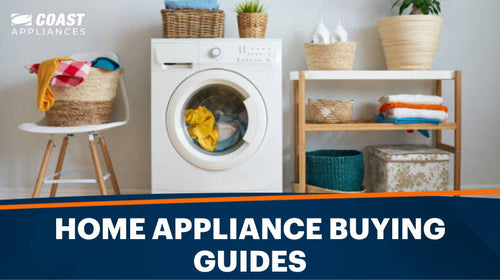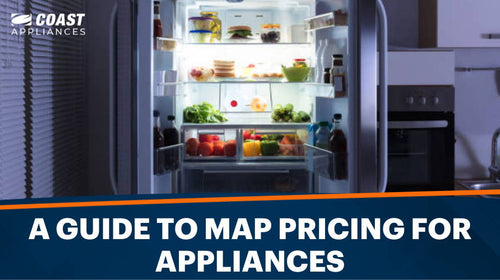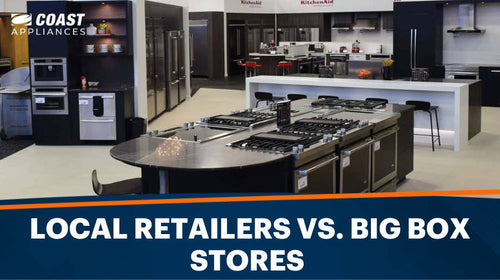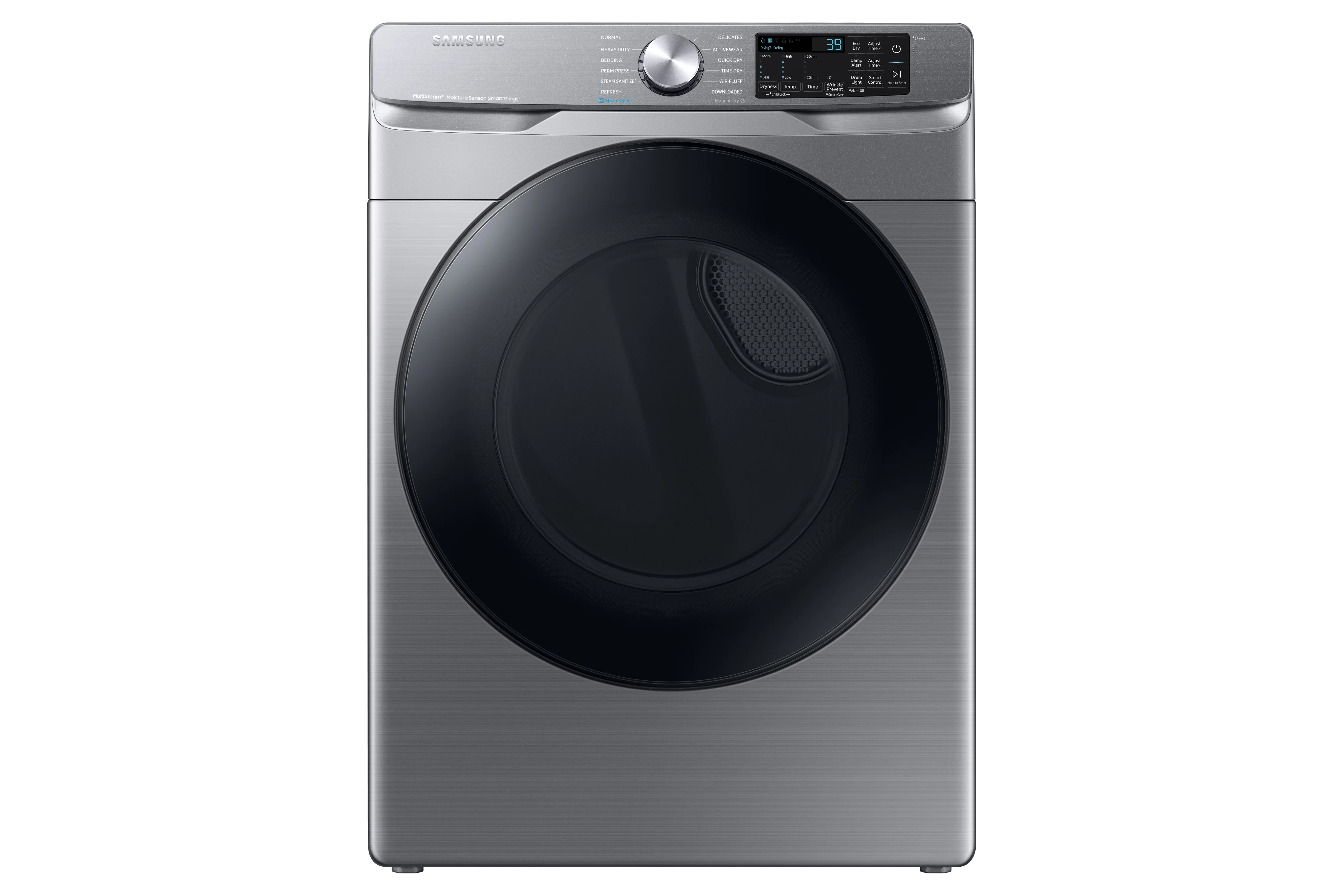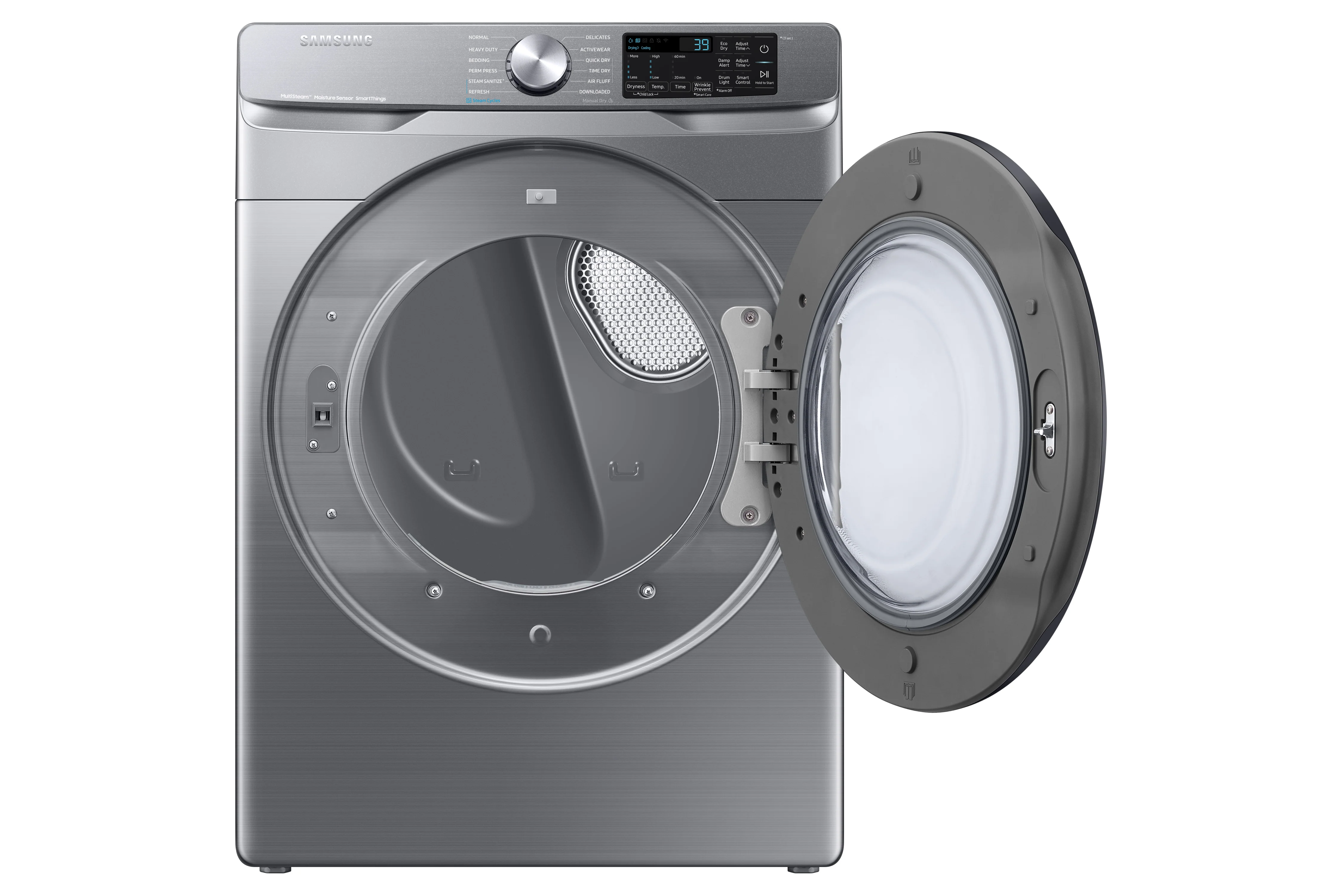When it comes to cooking appliances, two popular options are convection ovens and conventional ovens. A conventional oven has heating elements to cook the food through conduction, while a convection oven uses a fan to circulate hot air for faster, more even cooking. People have different opinions on conventional vs. convection ovens, but the truth is both ovens have their pros and cons. The choice ultimately comes down to personal preference and the type of cooking you plan on doing. This article will discuss convection ovens vs. regular or conventional ovens in detail to help you pick the one that serves your family's needs.
In this article, we’ll cover:
Convection Oven vs. Conventional Oven: Differences
Convection ovens and conventional ovens have different technologies that impact their cooking capabilities. A conventional oven uses heating elements located at the top and bottom to cook the food. The heating element at the bottom is the primary source of heat in the oven cavity, while the element on top promotes top-down heating. In contrast to a conventional oven, a convection oven uses a fan to circulate hot air throughout the oven. The even distribution of heat results in more consistent cooking and eliminates hot spots.
The circulating hot air in a convection oven ensures the food is cooked from all sides simultaneously, resulting in faster cooking. Additionally, the temperature settings on a convection oven may need to be lower than those on a conventional oven, as the even distribution of heat leads to more efficient cooking.
The results of cooking in a convection oven also differ from those of a conventional oven. Convection ovens are ideal for roasting, baking, and crisping as they produce a crispier exterior while maintaining a moist interior in the food. In contrast, conventional ovens are better suited for slow cooking and broiling, as they produce a drier exterior and a tender interior.
In terms of energy efficiency and costs, convection ovens may be more expensive than conventional ovens due to additional technology. However, they can be more energy-efficient in the long run due to their faster cooking times and lower temperature settings. The even cooking and lack of hot spots in foods cooked in convection means that food is less likely to burn or require constant monitoring.
Here is a list of differences between a convection and a conventional oven:
-
A convection oven uses a fan to circulate hot air, while a conventional oven uses heating elements to create heat.
-
A convection oven cooks food faster due to the even distribution of heat, whereas conventional ovens are great for slow cooking.
-
Temperature settings on a convection oven may need to be lower than those on a conventional oven.
-
A convection oven is ideal for roasting, baking, and crisping, while a conventional oven is better for slow cooking and broiling.
-
A convection oven produces a crispier exterior while maintaining the juicy interior of the food, while a conventional oven produces a drier exterior and a tender interior.
Pros and Cons of Convection and Conventional Ovens
Both convection and conventional ovens have advantages and disadvantages that make them suitable for specific types of recipes. Convection ovens cook faster and more evenly, while conventional ovens are good options for foods that require humid air for slow cooking. We will explore the pros and cons of both types of ovens, including differences in cooking times, temperature settings, energy efficiency, cooking results, and more. So, let’s begin.
Convection Oven Pros
1. Faster cooking: The fan in convection ovens circulates hot air, resulting in faster cooking times than in conventional ovens.
2. Even cooking: The circulating hot air heats the food from all sides, eliminating hot spots and resulting in more even cooking.
3. Crispier exterior: Convection ovens are ideal for roasting and baking, producing a crispier exterior while maintaining a moist interior.
4. Lower temperature settings: The even distribution of heat in convection ovens means they may require lower temperature settings than conventional ovens.
5. Energy-efficient: Convection ovens can be more energy-efficient in the long run due to their faster cooking times and lower temperature settings, resulting in lower energy costs.
6. Versatile: Convection ovens can be used for a variety of cooking methods, including roasting, baking, and crisping.
7. Less monitoring: Even cooking and lack of hot spots mean constant monitoring is not required.
8. Large capacity: Many convection ovens have larger capacities than conventional ovens, making them ideal for cooking larger items or multiple dishes at once.
Convection Oven Cons
1. Expensive: Convection ovens can be more expensive than conventional ovens due to their additional technology.
2. Not as user-friendly: Cooking with a convection oven may require adjusting recipes and cooking times due to the oven’s faster cooking times and lower temperature settings.
3. Not ideal for certain types of baking: Convection ovens may not be ideal for certain types of baking, such as delicate cakes and bread, as the circulating hot air can affect the rise and texture of the food.
4. Drying out: In some cases, the circulating hot air in convection ovens may cause food to dry out more quickly than in conventional ovens.
5. Noisy: The fan in convection ovens can be noisy, which may be a concern for some users.
6. Requires more space: Convection ovens may require more space due to their larger capacity and additional technology, which can be a concern for those with limited kitchen space.
Conventional Oven Pros
1. User-friendly technology: Conventional ovens are the most common type of oven, and many users are familiar with their settings.
2. Versatile: These ovens can be used for a variety of cooking methods, including roasting, baking, and broiling.
3. No learning curve: Cooking with a conventional oven does not require any adjustment to recipes or cooking times, making them easy to use.
4. Ideal for certain types of baking: Conventional ovens are ideal for certain types of baking, such as delicate cakes, custards, and bread, as they do not have the circulating hot air that can adversely impact the texture of the food or evaporate the moisture from the top layer.
5. Quiet operation: Regular ovens do not have a fan, making them quieter than convection ovens.
6. More affordable: Conventional ovens are generally less expensive than convection ovens due to their simpler technology.
7. Requires less space: These ovens may require less space than convection ovens due to their smaller size and simpler technology.
Conventional Oven Cons
1. Uneven cooking: Conventional ovens may produce hot spots in food, resulting in uneven cooking and the need to rotate dishes.
2. Longer cooking times: These ovens generally require longer to cook food than convection ovens due to the lack of a circulating fan.
3. Uneven browning: Conventional ovens may not brown food as evenly as convection ovens.
4. Limited capacity: Regular ovens may have smaller capacities than convection ovens, limiting the amount and size of dishes that can be cooked at once.
5. Higher temperature settings: Conventional ovens may require a higher temperature setting than convection ovens, resulting in higher energy costs and longer cooking times.
6. Limited energy efficiency: Due to the higher temperature settings and longer cooking times, these ovens may be less energy-efficient in the long run.
7. Frequent monitoring required: More monitoring of dishes is required with a conventional oven to prevent hot or cold spots in a dish.
Convection Oven vs. Conventional Oven: Comparison Table
When deciding whether a convection or conventional oven is best for your kitchen needs, there are several factors to consider. First, think about what dishes you typically cook and whether a faster, more even cooking process would be beneficial or a slow method will work. Additionally, consider the size of your kitchen and your budget to decide which type of oven will fit your requirements. Other factors to consider include energy efficiency, cost, noise level, and ease of use. Ultimately, the decision should be based on your specific cooking needs and preferences.
Here is a comparison table to help you make a more informed decision:
| Feature | Convection Oven | Conventional Oven |
| Heat Distribution | Even distribution due to circulating fan | Uneven distribution as the primary heating element is at the bottom. |
| Airflow | Uniform airflow due to the convection fan | Uneven air flow by the heating elements due to the absence of a fan |
| Cooking Time | Faster cooking due to even heating | Slow cooking |
| Temperature | Low-temperature cooking | High-temperature cooking |
| Settings | Advanced technology that is not as user-friendly | Familiar settings |
| Cooking Results | Perfectly cooked food with no hot or cold spots and a crisp layer on top with a tender interior | Might produce uneven browning or hot spots. Cooked food will have a dry exterior but a moist interior |
| Space | Requires more space in the kitchen | Requires less space in the kitchen |
| Energy Efficiency | Consumes less energy due to faster and low-temperature cooking | Slow and high-temperature cooking leads to more energy consumption |
| Price | On the expensive side | Affordable cooking option |
| Maintenance | Requires more frequent cleaning of the fan to ensure proper airflow for better cooking performance | Periodic cleaning of the interior and exterior |
How to Choose Between a Convection and Conventional Oven
There are several factors you should consider when figuring out whether a convection or conventional oven is right for your kitchen. For instance, consider your specific cooking needs and preferences. If you frequently cook items that require even browning and a faster cooking time, such as roasted meat or vegetables, a convection oven may be the way to go. However, if you primarily bake delicate items such as cakes or bread, a conventional oven may be the better choice. Other factors might be the cost of the appliance, its user-friendliness, energy bills, etc.
If you are still confused about convection ovens vs. conventional ovens, here is a list of factors you can consider before investing in one:
1. Cooking style: Consider what types of dishes you typically cook. For a faster, more even cooking process, choose a convection oven.
2. Space and budget: Convection ovens are generally larger and more expensive than conventional ovens, so consider whether you have the space and budget for a larger appliance.
3. Size and capacity: Consider the size of the oven and whether it will be able to accommodate the types and sizes of dishes you typically cook. Convection ovens are great for multi-rack cooking.
4. Energy efficiency: Look for an oven with a good energy efficiency rating to help save on energy costs in the long run.
5. Features: Consider the features most important to you, such as self-cleaning options, cooking presets, and temperature probes. The features of a convection oven can be a little complicated, whereas the settings of a conventional oven are more familiar.
6. Frequent attention: Convection ovens ensure efficiency and even cooking, while conventional ovens might require you to frequently check on how well-done your food is due to uneven heating.
7. Noise level: Consider the noise level of the oven's fan, as convection ovens can be louder than conventional ovens.
8. Maintenance and repair: Consider the cost and availability of maintenance and repair services for the oven.
9. Aesthetics: Consider the oven's appearance and how it will fit in with the overall design of your kitchen.
FAQs about Convection Oven vs. Conventional Oven
What is better: convection or conventional oven?
There is no straightforward answer to whether a convection or conventional oven is better, as it ultimately depends on your specific cooking needs and preferences. Convection ovens may be better for faster, more even cooking, while conventional ovens may be better for delicate baking and affordability.
Can a convection oven be used as a regular oven?
Yes, a convection oven can be used as a regular oven. Most convection ovens have a setting that allows you to turn off the fan and use it as a conventional oven.
What is the advantage of a convection oven over a regular oven?
The advantage of a convection oven over a regular oven is that it uses a fan to circulate hot air, resulting in faster, more even cooking. This can be particularly beneficial for roasting and baking larger food items like a whole turkey or chicken.
When should you not use convection?
You should not use convection when baking delicate items, such as cakes, custards, and soufflés, as the fan can cause them to collapse or develop a crunchy top layer. Additionally, you may not want to use convection for certain recipes that rely on browning or crisping, as the fan can prevent this from occurring.
Final thoughts
The debate surrounding conventional vs. convection ovens can be quite confusing for anyone wanting to upgrade to a better oven. While there are pros and cons to both conventional and convection ovens, what truly matters is your personal preference and cooking style. A good oven can make a significant difference in the quality and consistency of your cooking and baking. If you are looking for one such oven, then Coast Appliances is the right place to find models from top brands. You can also read the specifications to decide which oven will enhance your kitchen experience while suiting your budget.

